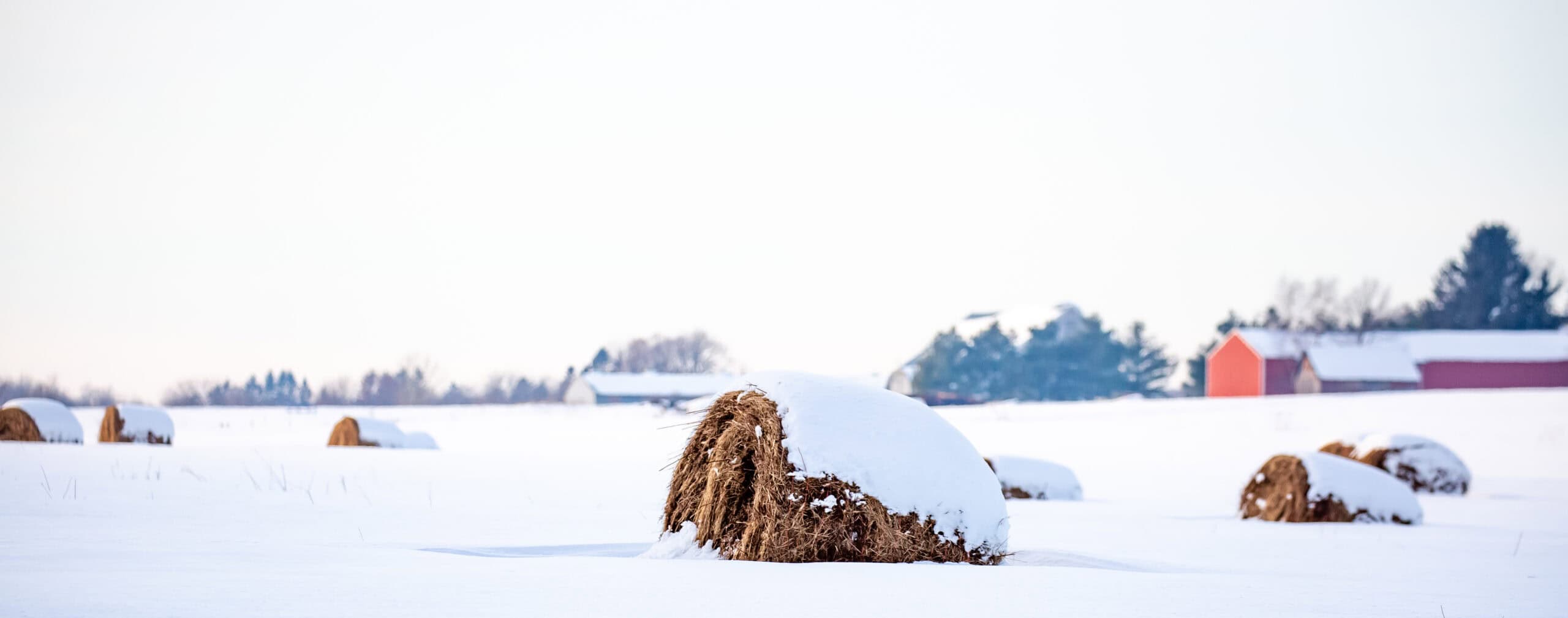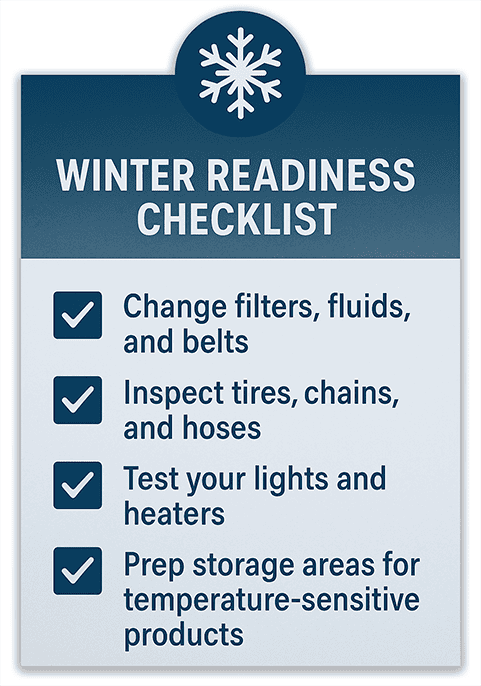
Get Ahead of the Freeze: Winter Soil Preparation Tips for Wisconsin Farmers
If you’ve been here long enough, you know winter in the Badger State is never just cold. It’s a mix of ice, blizzards, 40-degree thaws, and “don’t-bother-shoveling-yet” mornings. And according to the Farmers’ Almanac, the 2025-26 winter is shaping up to be a cold, snowy, and variable one.
But for farmers, that forecast isn’t just small talk, it’s a call to action. At GLC Minerals, we believe a little preparation now means a smoother, more productive spring later. So, grab your coffee (or something stronger), and let’s get you and your soil winter-ready.

Step 1: Give Your Soil a Winter Physical
Think of a soil test as your farm’s annual check-up. Before the frost settles in, grab samples from your key fields to get a clear picture of your nutrient status.
Why it matters:
- Wisconsin’s freeze-thaw cycles can change how nutrients move and become available.
- Core nutrients like phosphorus (P), potassium (K), and sulfur (S), essential for spring growth can be lost through leaching or runoff.
Micronutrients like zinc, manganese, and boron, though needed in smaller amounts, play a big role in stress tolerance and early vigor.
Pro Tip: Soil testing before the ground gives you the winter to plan and source amendments. That way, when the first warm-up hits, you’re ready to roll.
Need help interpreting your soil results? Our agronomy team loves a good data sheet. Reach out anytime for guidance.
Step 2: Let Snow Work for You, Not Against You
Snow can be a farmer’s frenemy. Too much, and you’re buried. Too little, and your alfalfa crowns suffer from winter kill. But when managed well, snow is your best natural insulation.
Snow Strategy Snapshot:
- Leave crop residue or winter cover crops in place to catch and hold snow evenly.
- Watch for bare or low-snow zones that expose roots to cold damage.
- Inspect field drainage before it freezes to prevent springtime ponding or erosion.
Think of it like tucking your fields in for a long nap; a good blanket makes all the difference.


Step 3: Don’t Forget Your Winter Minerals
Winter nutrition isn’t just for livestock; your soil needs a balanced diet too. As temperatures drop and moisture patterns shift, your soil’s chemistry changes. Keep it balanced now to set up a strong spring.
Minerals to prioritize:
- Calcium & Magnesium: Maintain pH and support root health.
- Sulfur: A must-have for protein formation and chlorophyll production.
- Micronutrients: The hidden heroes that boost stress tolerance and early-season vigor.
At GLC Minerals, we specialize in high-purity mineral blends that improve soil structure, nutrient availability, and long-term fertility, all while supporting sustainable Wisconsin agriculture.
Mineral mindfulness = soil resilience. It’s that simple.

Step 4: Tune Up the Iron Before It Freezes
Let’s be honest—nobody wants to deal with farm equipment maintenance when it’s 10 below. Now’s the time to get ahead with proactive upkeep that keeps your machinery reliable and your farm running smoothly all winter long.
Winter readiness checklist:
- Change filters, fluids, and belts.
- Inspect tires, chains, and hoses.
- Test your lights and heaters, winter days are short, but work hours aren’t.
- Prep storage areas for temperature-sensitive products like fertilizers or mineral blends.
Consistent conditions = consistent performance.
Step 5: Stay Data-Driven
Wisconsin weather changes faster than a tractor on black ice. Stay flexible by keeping your nutrient management plan up to date and reviewing data often.

Note snow cover and runoff—next year depends on it.

Use digital tools to monitor soil temp and moisture.

Review your nutrient plan mid-winter for updates.
GLC’s Takeaway: Plan Now, Thrive Later
Winter 2025-26 will test endurance, but Wisconsin farmers know resilience. At GLC Minerals, we’re proud to support farms statewide with mineral solutions that strengthen soil, balance nutrients, and keep operations productive—snow or shine. Our agronomy experts can help analyze soil data, choose the right mineral strategy, and prep your fields for spring.
Stay warm, stay balanced, and keep those fields as resilient as you are.